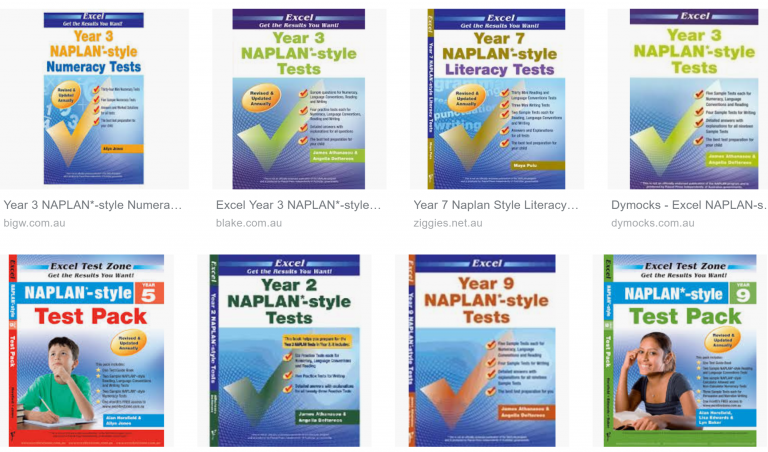How To Prepare For NAPLAN in Year 5
As children get older, the way they learn and retain information changes. There’s no ‘one size fits all’ learning style and primary school is the best time to test each style to determine which one works best for your child.
NAPLAN begins in Year 3, and students sit their second NAPLAN test which means they’re familiar with the format and time constraint of the test but this doesn’t mean they aren’t nervous to sit the test. The key areas that will be in the NAPLAN test are Reading, Writing, Conventions of Language and Numeracy (For Year 7 and 9, Numeracy gets split into 2 exams, non-calculator and a calculator exam).
This is their second major exam and at the ages of 10-11 years old, and to be honest this can be daunting. Good news, is that there are three things they can do to prepare to ease these anxiety:
1. Go through practice papers
Before sitting the NAPLAN test, it’s important to go through the past year 5 tests to get familar with the content. The questions can be worded differently from what your child is used to and this can throw them off in the exam. Going through past papers also identifies the content areas they need to work on before exam time comes around. Once your child is familar with the content, concepts and wording of the exams, get them to do it with a timer to get them used to working within the NAPLAN time limit.
You can grab some good NAPLAN questions and exam-style paper from Excel books. Here are some books we found to be quite great.
2. Help to find their learning style
There are 7 learning styles; Visual, Aural, Verbal, Physical, Logical, Social, Solitary. Once their learning style is determined, you’re able to find different methods that will help your child understand questions and retain information better. For example, if your child is a visual learner, getting them to highlight the keywords of the question can be beneficial. If your child is a physical learner, teach them how to do the 9 times tables on their fingers.

3. Teach them to think positive.
During the exam or practice tests, it’s inevitable that they’ll come across a question that they aren’t familar with. Instead of throwing in the towel and saying “I can’t answer this, I’m giving up,’ or ‘it’s too hard,’ encourage them to say ‘I’ll give it a go’.
Help them with the question, break it down and lead by example. Not only will this teach them to attempt every question, but it will also boost their problem-solving skills.
The biggest challenge we find with the younger children, is that they often tell their parents that they ‘don’t understand a question.’ We have found that 99% of the time, it is not that they do not understand the question, the problem is that they haven’t read the question carefully OR when they are reading the question, they’re not thinking about it – but reading for the sake of it. We call this ‘lazy reading.’ So it can be difficult when you’re helping your child, and they say they ‘don’t understand it’ – do they actually mean that or are they lazy reading. The technique to overcome this, is to ask them to read the question again if they don’t understand it. At Markitup, we make our students read a question about 3-4 times before the tutor steps in to help them. Over 60% of the time, we find the student is actually able to answer the question by themselves, after reading 2-3 times without our input! (Assuming


